There psylla of laurel (Lauritrioza alacris) is an insect belonging to the order Rynchotafamily Triozidae. This common parasite of the laurel crops it is present throughout Italy and in the countries of the Mediterranean basin. If not properly controlled, this little psylla causes damage to the vegetation of laurel plants, compromising their development and aesthetic value.
In this article we see how to recognize the presence of the insect on plants and the biological defense strategies.
Description of the laurel psylla

Psyllas are small insects with a typical tapered shape, which they go through different stages of development. Specifically, the adult form of Lauritrioza alacris it measures a maximum of 3-4 mm in length, the color is yellowish-transparent. The nymphal and neanidal forms are also yellowish in color and are capable of secreting white waxy material and viscous honeydew.
Psylla damage to laurel plants

This psylla species lives almost exclusively on laurel. Rarer and less worrying are attacks onnettle and other spontaneous plants of the family of Valerianaceae.
The damage to the vegetation is caused by the juvenile forms (nymphs). These live on the underside of the plant’s youngest leaves, causing the formation of a thickened pseudo-gall. At the point of attachment, the leaf turns yellow and then dries up. If the psylla attack is severe, the entire affected shoot stops developing, deforms and dries up. The damage is most severe in young, lush laurel trees and hedge-grown plants. The laurel hedges are subjected to frequent pruning to maintain the shape, this determines the continuous emission of new vegetation, which, in turn, favors the increase of the populations of the parasite.
Life cycle Lauritrioza alacris

The laurel psylla overwinters with adult forms that shelter among the vegetation or, at the limit, on other evergreen plants in the surroundings. In spring, when the laurel resumes its vegetative activity, the insect begins mating and laying eggs. Each female lays about 100 eggs, which are arranged in groups on a portion of the leaf margin. The deposition point can be recognized by the margin partially folded down and by the formation of the pseudo-galla. Embryonic development lasts about 10 days, then the nymphs are born. These live in the pseudo-galla, immersed in the honeydew and in their own waxy secretion, continuing their development. The nymphs at the last stage abandon the surface and come out into the open, on the underside of the leaves, to give life to the new adults. In total, the Lauritrioza alacris it completes 4-5 generations a year, depending on the seasonal climate and the vegetative development of the plants.
Antagonistic insects

Fortunately in nature there are useful insects able to contain the psylla of the laurel. Specifically, we have the psylla predator Anthocoris nemoralis (rincote anthocorid). This antagonist insect is already used effectively against pear psylla (Cacopsylla pyri)the psylla ofeucalyptus (Glycaspis brimblecombei) and other species of psylla. L’Anthocoris nemoralis it is reproduced in biofactories and can be purchased in spring for biological crop protection programs. This option is very interesting for horticulturists, since young laurel plants are the ones most at risk. Its artificial introduction is also interesting for those who have a family garden or orchard, as it improves environmental biodiversity and, therefore, less and less intervention is made on crops attacked by parasites.
How to get rid of psylla from laurel
If the natural antagonist of laurel psylla is not present in your garden, interventions with products for organic farming. In this sense, the most effective product against eggs and juvenile forms of psylla is thewhite mineral oil (found here)which is usually used against different species of cochineal.
It is very important to intervene early on the wintering psyllas and their nymphs, so as not to allow the late spring and summer infestations of the parasite to explode.
To clean the vegetation from honeydew and any fumaggine which is formed following the invasion of Lauritrioza alacrisjust intervene with the soft potassium soap (which is usually available in specialized stores).

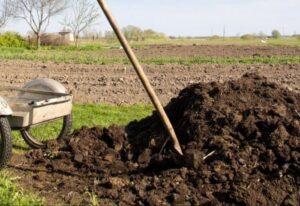
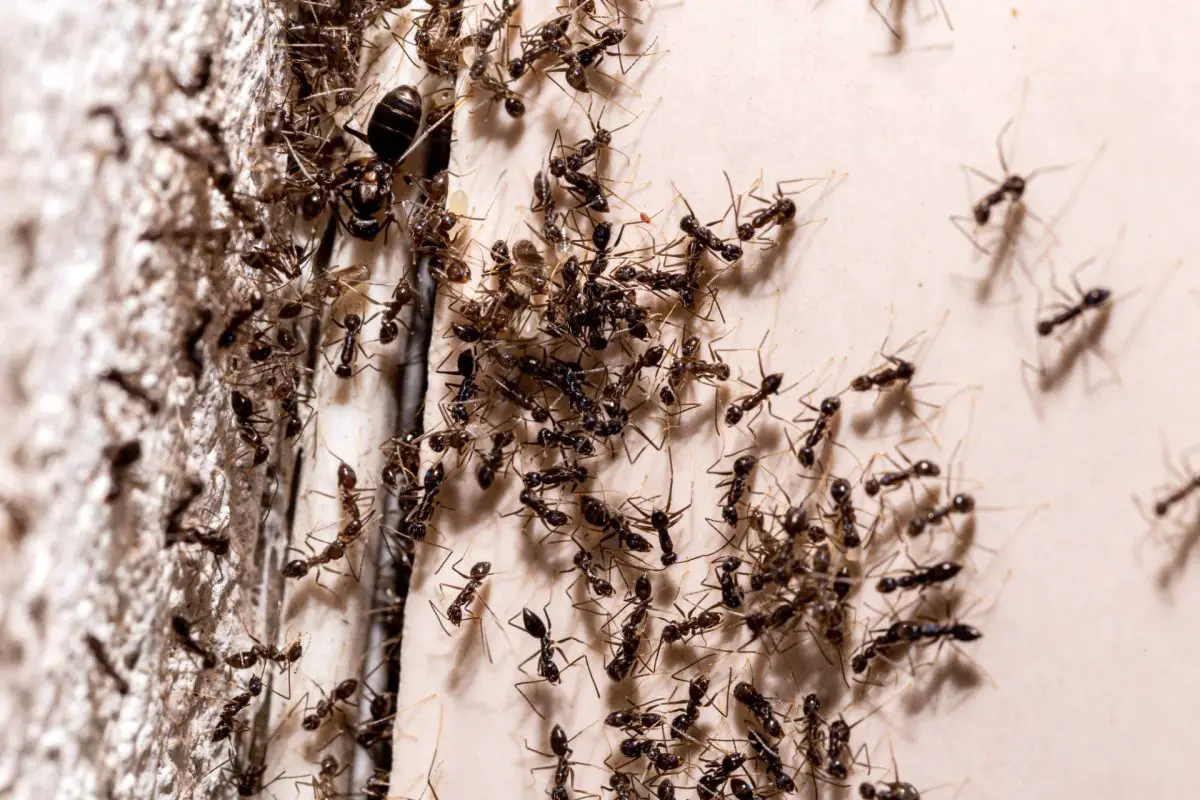
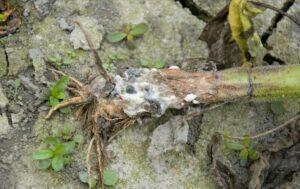
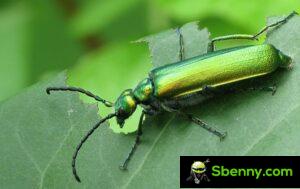
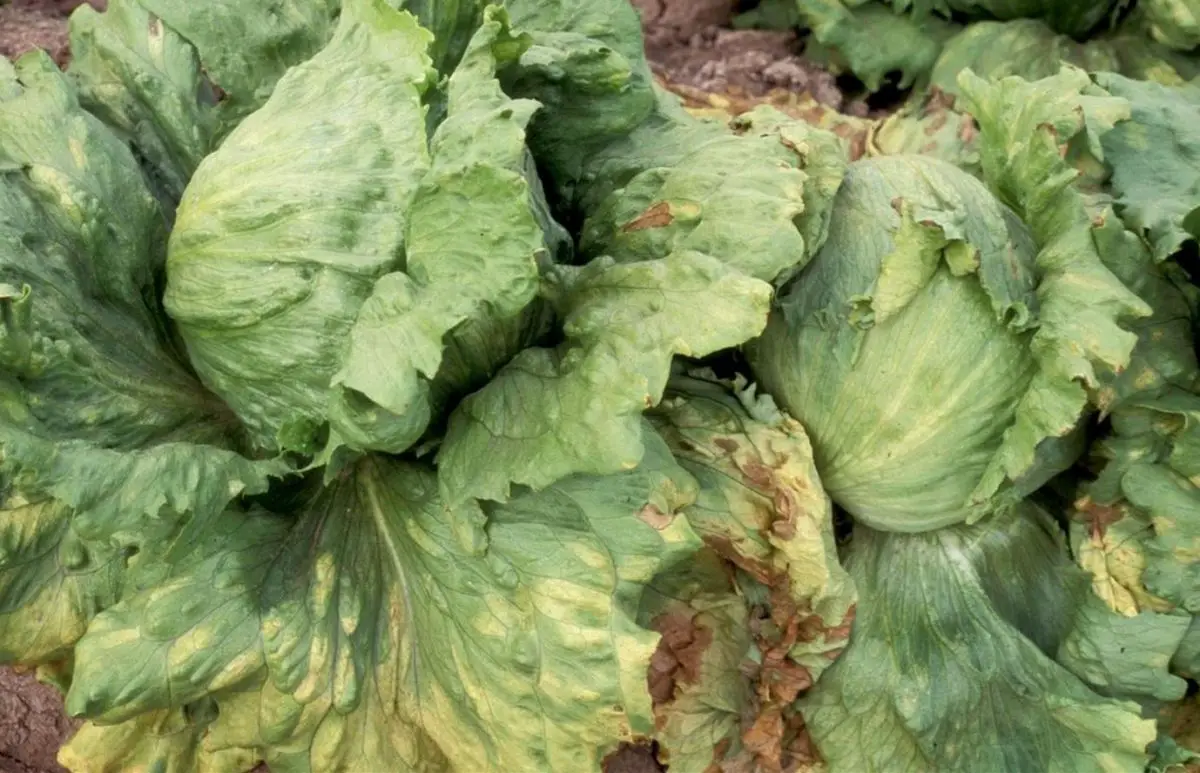
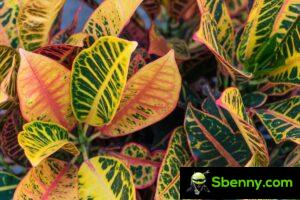
Start a new Thread